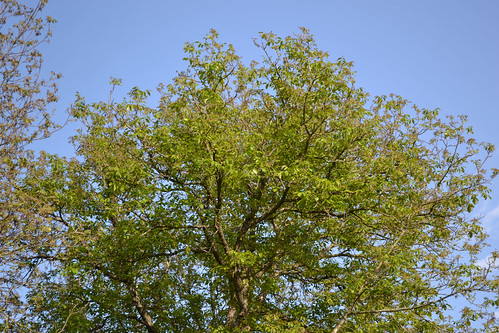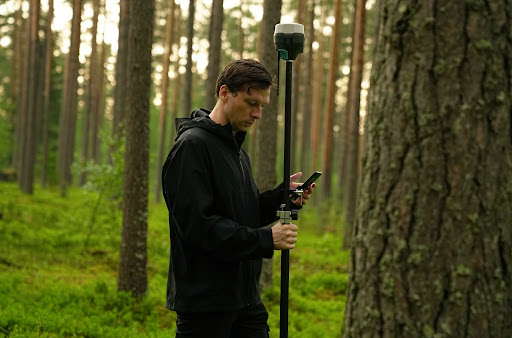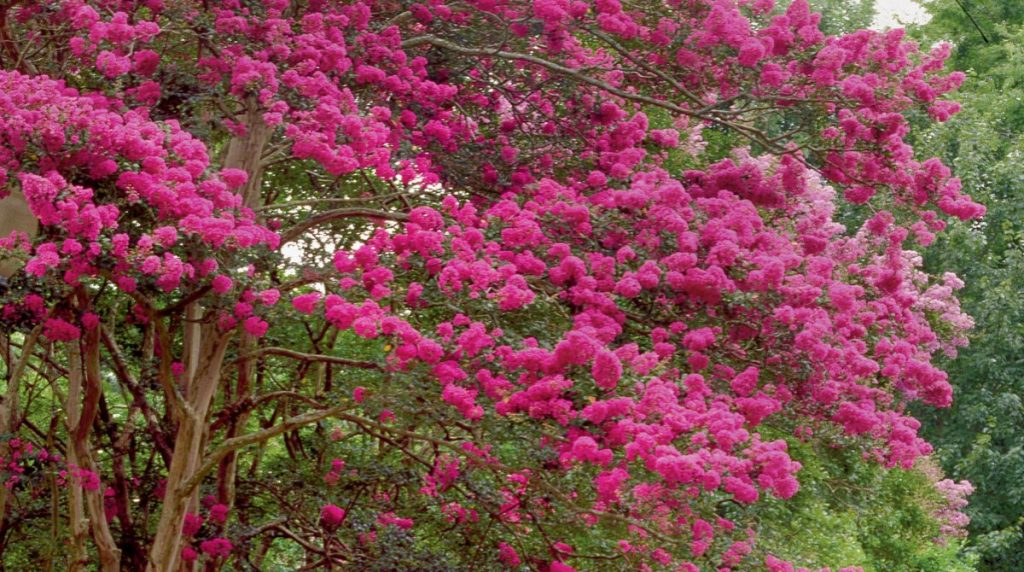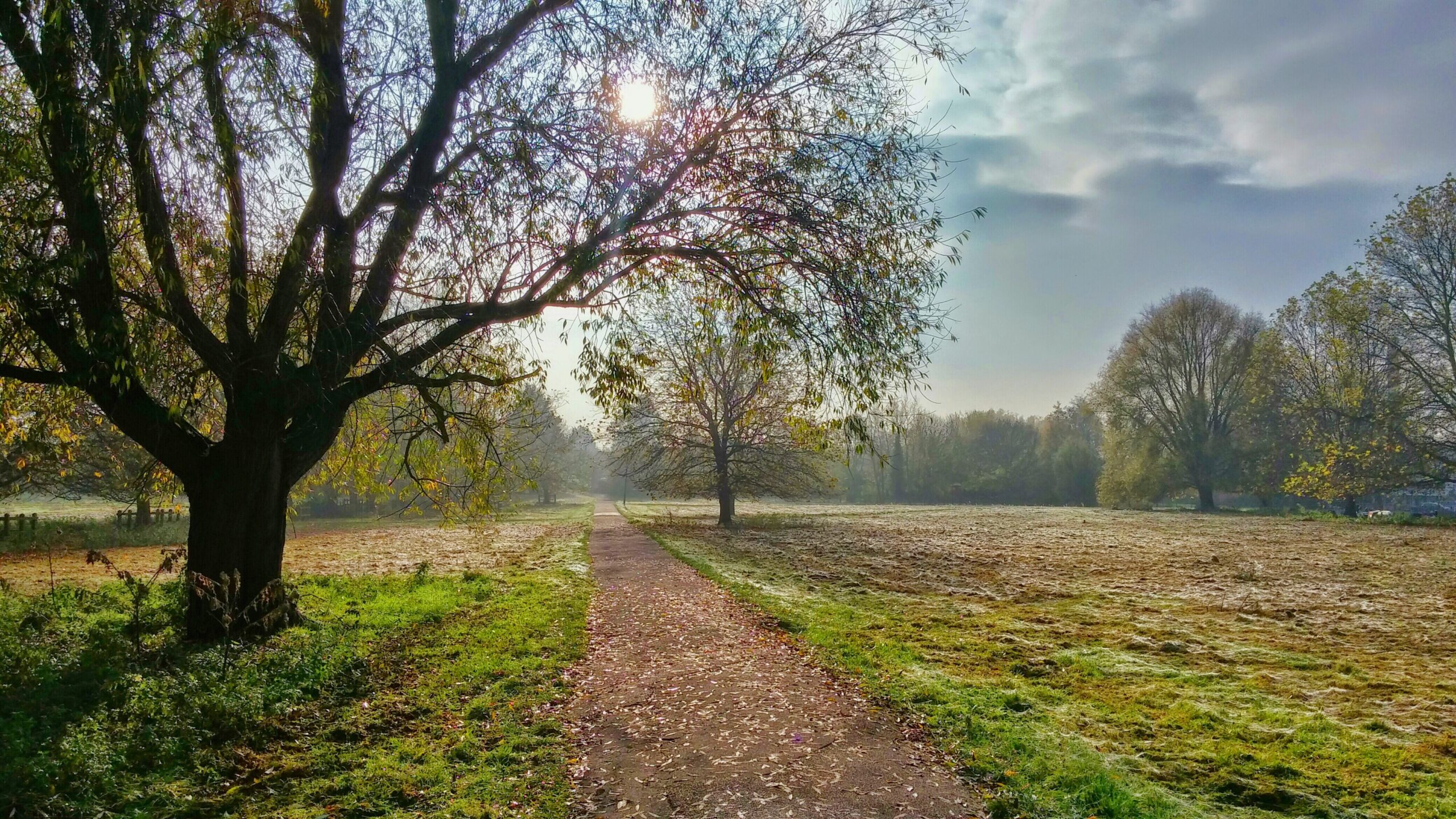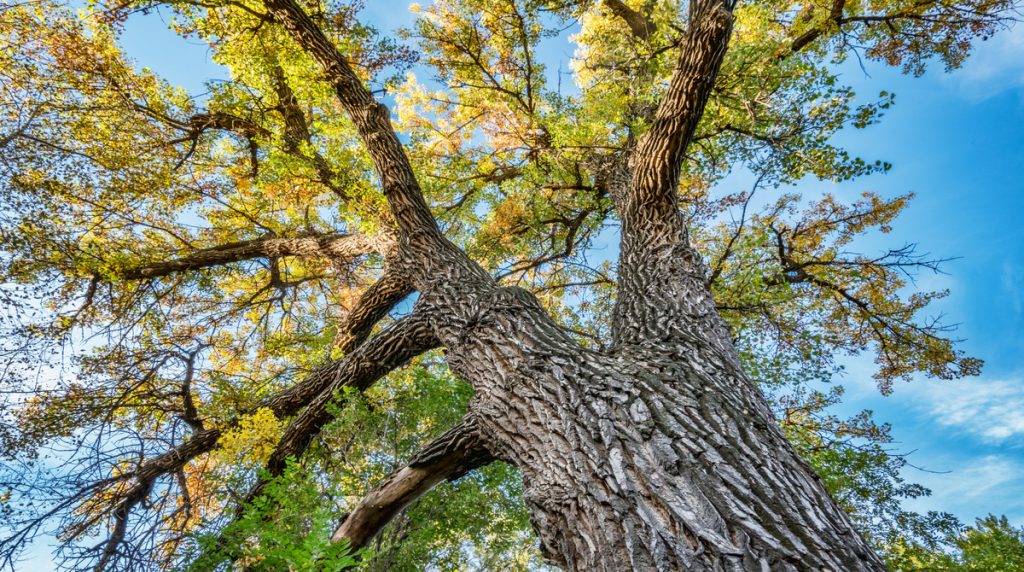
Tree Disease and Insect Guide for Hardwoods
Date April 20, 2021
Category
Hardwood trees are some of our favorite trees in Texas, appreciated for their shade, beauty, and other wonderful environmental benefits. But like all living things, sometimes trees get sick. If you think your tree might be sick or dying, here is a tree disease and insect guide to help you determine what might be ailing your beloved hardwood.
Ash
Problem: Borers
What it is: Ash borers tunnel into the trees and feed on the inner wood. The signs will vary depending on the type of borer. Borers will weaken and degrade the wood of your tree.
What to look for: If borers have infested your Ash trees, you’ll see entrance holes, exit holes, or galleries, which can look like straight or squiggly lines. There might be a sap.
Problem: Ash yellows
What it is: This tree disease common diseases are caused by an Ash yellows phytoplasma that affects at least a dozen Ash species. Ash yellows stunt growth and could eventually kill your tree.
What to look for: If your tree has Ash yellows, you’ll notice a decline in foliage and overall growth, cracks in the bark, or death. In some species, Ash yellows can lead to a condition called Lilac Witches Broom.
Cottonwood
Problem: Cottonwood leaf beetle
What it is: This beetle is about 1/4 an inch long with a black head and thorax and is capable of completely defoliating a Cottonwood tree.
What to look for: Defoliation and twig damage.
Problem: Sucking insects
What it is: Cottonwood trees are susceptible to infestation by sucking insects, such as aphids, scale, and mealybug, which feed on the tree’s juices. These pests attack a tree’s new growth and can cause wilting. Although the effects are primarily aesthetic at first, these pests weaken your tree’s overall health and make it vulnerable to more severe diseases or insects.
What to look for: The insects create a sap-like liquid called honeydew, which will be visible on the tree and might even drip from it. Also, look for wilting foliage.
Problem: Fungal leaf spot
What it is: These are common diseases that affect Cottonwoods and cause lesions and, in severe cases, defoliation. Twigs may also become infected and die.
What to look for: You’ll see brown to gray lesions on the tree’s leaves. They can be round or irregular in shape. You might notice large brown spots with darker colored margins, which can cause premature defoliation.
Dogwood
Problem: Borers
What it is: Dogwood borers don’t typically cause enough damage to be fatal after one season, but if left unchecked, they will eventually kill your Dogwood tree. Young trees are more at risk. The dogwood larvae, which embed themselves in burrknots or healed wounds, often cause the most damage.
What to look for: The spot where borers have infected the tree may appear wet and reddish in color. Pieces of bark might fall away from the tree, sometimes even large patches, depending on the infestation’s seriousness. You might also notice wilting or oddly colored foliage.
Problem: Dogwood Anthracnose
What it is: Anthracnose is a group of hardwood tree diseases that cause lesions on the leaves and branches. Anthracnose will stay on infected leaves and debris all winter and reinfect the tree in the early spring kill trees. Dogwood Anthracnose is more serious than some varieties and will eventually kill trees Red Oak.
What to look for: Look for lesions on the leaves, starting in the lower crown. They will be tan to brown spots with darker, sometimes purplish margins.
Elm
Problem: Vascular diseases
What It is: Elms are vulnerable to vascular diseases such as Dutch Elm disease and Elm yellows, which cause wilting and eventually the death of your elm.
What to look for: In the cases of these diseases, you’ll see wilting and yellowing in the leaves, followed by dead branches. The inner bark tissue will also turn brown on infected trees.
Problem: Leaf beetles
What it is: Adult Elm leaf beetles are about 1/4 inch long. They’re light yellow to brownish green with black dots on the head and thorax. They cause heavy defoliation.
What to look for: You might notice the damage first. Adult beetles make holes in the leaves, while larvae will strip the green material from the leaves when they feed so that only dry, brown material is left between the leaf veins. If heavily infested, you’ll notice sparse foliage and leaves riddled with holes. The leaves are also likely to drop prematurely. The beetles, their eggs, and their larvae are large enough to be spotted once you look for them.
Hickory
Problem: Hickory bark beetles
What it is: Hickory bark beetles are some of the most destructive Hickory pests. Adults are black to reddish-brown in color and 2 to 5 mm in length. The larvae overwinter, and then beetles emerge from May until August.
What to look for: If bark beetles have attacked your Hickory, you’ll see many small entrance holes in the tree during the fall or winter. In the spring, you’ll notice sparse or yellowed foliage. During the summer, the emerging beetle population will fly to the tree’s crown to feed on terminal and twig growth.
Oak
Problem: Oak wilt
What it is: Oak wilt disease is considered one of the biggest threats to our North Texas Oak trees. Typically this disease affects Red Oak and Live Oak trees in our area, but it can infect any Oak trees. Once the fungus attacks a tree, it invades and cripples the tree’s water-conducting systems and kills the tree, sometimes as soon as six weeks after infection.
What to look for: It first appears as fungal spore mats in the spring, which smell sweet and attract the sap-sucking Nitidulid beetle. Nitidulid beetles spread the disease by carrying the spores to nearby trees. Oak wilt can also spread through root-to-root contact. You might also notice your tree’s leaves wilting and turning bronze while remaining on the tree.
Problem: Borers
It is: Aside from Oak borers, Oak trees are sometimes attacked by other borers, such as Ash borers. These pests degrade the wood and can cause stem breakage.
What to look for: Look for entrance holes, exit holes, and galleries. You might also notice frass, sap, or bark irregularities.
Understanding the impact
A lot of the pathogens and insects are known as secondary invaders. Meaning they attack trees that are in decline. Healthy trees do a good job at fighting the pests and pathogens off on their own, so if an infestation does occur, we need to find the underlying cause for the tree to be in decline in the first place. Talk to a certified arborist or tree doctor who can assess your tree.
TreeNewal’s ISA Certified Arborists can help!
If you have questions or concerns about your hardwood tree, our ISA Certified Arborists are available to visit your property and assess your tree’s health. TreeNewal is a certified arborist tree service with two certified arborists professional tree care on staff and a team of highly qualified tree care experts. If you need professional tree carepest and disease control, our tree doctors in Dallas are the best in the business. They can make knowledgeable recommendations for nursing your tree back to health. We care about tree health care at all stages of the tree life cycle. Beyond pest and disease control, we also of various expert tree care services like tree trimming, tree pruning, root aeration, and tree removal. For more information, go to our website at treenewal.com. To set up an appointment, call us at tel:(817) 592-6846.
To learn more about Tree Disease and Insect Guide for Hardwoods, call our Argyle and Southlake-based teams
at tel:(817) 592-6846 or send us a message.
We’re a little different than the average tree services company.
Learn more about TreeNewal’s ISA Certified Arborists!
Our Dallas/Fort Worth-based tree doctors can explain how sustainable tree care services add more value to your bottom line.
Healthy trees, healthy lives.
